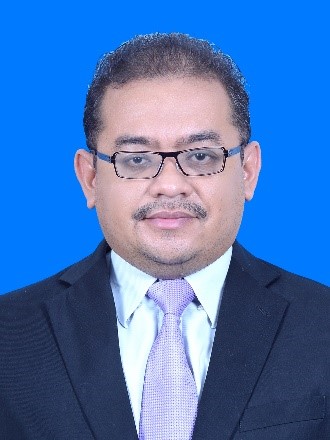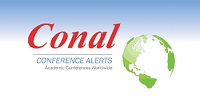
Dr. Paul Blondel
Universite Picardie Jules Vernes, France
Title: Modern object detection: from old-school to Deep-learning
Abstract: Object detection tremendously improved in the last years. It all started with the creation of a simple yet efficient approach: first training a classifier on image examples (with old-school Machine Learning approaches, at first) and then using this trained model on images to discover potential objects. This approach allowed notorious improvements in object detection. It became possible to detect faces and people in still images! At that time, people started considering using object detection algorithms for real life applications: in cars (to avoid accidents), or, to detect the face of people and then check their identity (to find malicious people in cities). But very quickly the improvements plateaued. Until the Deep learning has been used in this field. Since then, the detection performances kept improving in accuracing and speed. Nowadays object detector are not a myth any longer: there are used more and more everywhere. In this keynote I will talk about the different components of an object detector, and how each of them has been improved since the Deep learning revolution.

A.Prof. Rozmie Razif Othman
Universiti Malaysia Perlis (UniMAP), Malaysia
Title: Combinatorial Testing: Past, Present & Future
Abstract: Test analysis and design is perhaps the most important stage in software testing lifecycle. One of the biggest challenges in this stage is to design a good test suite. Exhaustive test suite (i.e. testing all possible combinations) is perhaps the best test suite in terms of the ability to detect all kind of bugs or error. However, exhaustive testing is impossible to executed due to time and resource constraints. As a result, researchers are now focusing on sampling technique based on t-way testing methodology. Many test design strategies based on t-way testing (also known as t-way strategy) have been proposed in literature (e.g. AETG, Jenny, GTWay, IPOG, TVG, PICT, ParaOrder, ReqOrder, Union, Greedy, Density and ITTSG).
Not until recently, researchers start to proposed metaheuristic based t-way strategies. Alsewari and Zamli have surveyed and shown the success of metaheuristic method in generating t-way test suite. Genetic Algorithm, Simulated Annealing, Ant Colony System, Particle Swarm Optimization, Harmonic Search and Cuckoo Search are example of metaheuristic techniques that has been reported to generate good t-way test suite (i.e. in terms of generated test suite size). However, as the generation of t-way test suite is an NP-Hard problem, no single strategy can claim dominance over the others. This can lead to a tremendous opportunity in research as well as implementation. Earlier part of this talk will focus on past and current trends of research in t-way testing. Towards the end, the potential research for the future will be presented in detail.




